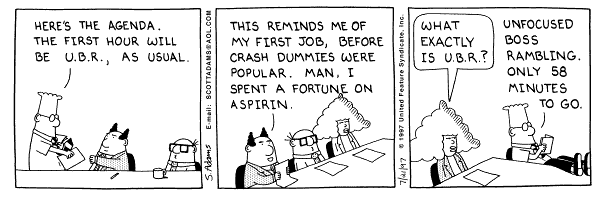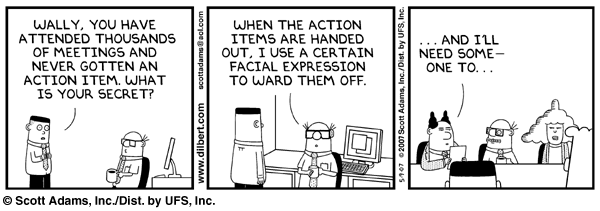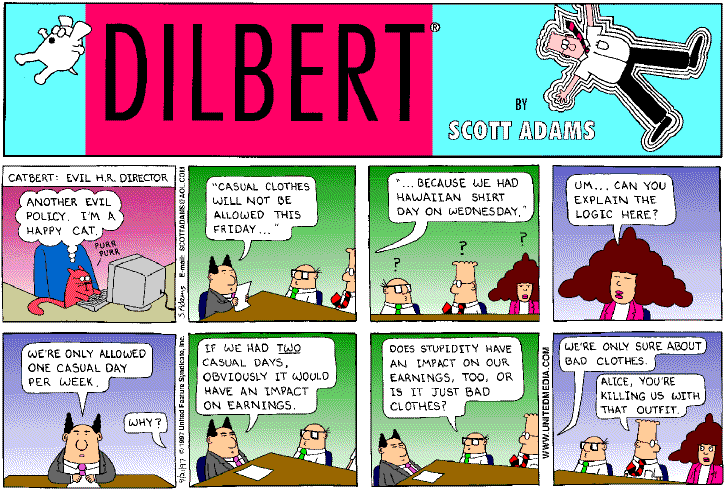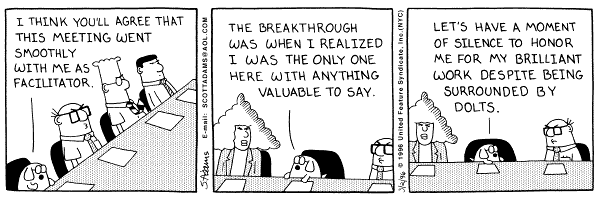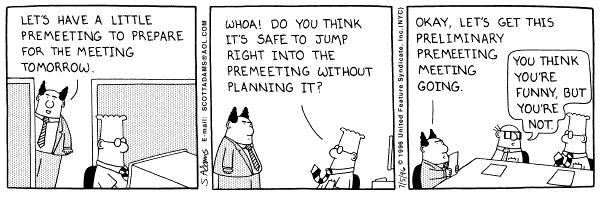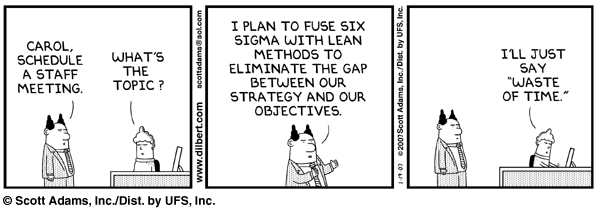“Without goals, and plans to reach them, you are like a ship that has set sail with no destination.” Fitzhugh Dodson
Everyone talks about it and knows about them, yet I know so many businesses among friends, which just started over a cup of coffee when they thought they had that ‘Aha’ moment. Don’t get me wrong I am all for the level of enthusiasm which is so infectious at the beginning that it lifts the spirits of the team to stratospheric levels. However, you need to harness all that energy in a focused manner. That focus is best brought about when you actually sit down and identify the idea in a structured manner through a business plan. A good business plan helps you plan your product/service in great detail . The key sections that you need to pay attention to when developing one are:
- Market Need & Potential: What is the need that you are wanting to fill? How big is the market that you are going to operate in? Are there a lot of players currently in the space that you are about to enter? At what rate is your target market growing? Are you limited geographically? Use this section to identify the market need that you are wanting to cater to and the size of the market.
- Product/Service: In this section you break down the product/service that you are going to be offering into components if possible. You have to identify the key benefits that it is going to provide to the market. What are it’s features or unique components? How is it going to be rolled out? What are future developments that you want to incorporate into the product/service. Does your product have any sustainable competitive advantages? Is it protected by any patents or copyrights? By clearly defining your offering you will get a better idea of just how scalable it is and what its unique functionalities or features are.
- Marketing Strategy: In this section you will break down how you are going to market your product/service. Outlining specific strategies and mediums will enable you to gauge how long and how much it is going to cost to get your product to market. This is a section where a lot of brainstorming needs to be done to make sure your approach will be unique if there are current competitors in the market. It should also focus on your value proposition and the most effective way of getting it across to your target market.
- Operational Strategy: Product development, marketing, logistics, human resources, technology all need to be managed. Use this section to outline how you are going to go about achieving your objectives. All partners should look at this section to see how and where they can contribute. Once decided, a process flow can be developed to ensure that things work out in a smooth and efficient manner.
- Financial: If you are pitching your plan to a VC or an angel this is the section where you will need to add detailed financial forecasts for the next 5 years. This will help you gauge facts like your pre-money valuation, ROI, IRR and other key indicators which investors are looking for. However if you are using this as a guide for yourself I would stick to simpler financial documents where you identify your expenses, forecasted revenues and a simple balance sheet so you get a clearer picture of how much it is actually going to cost you to setup and run the business.
Once done you will have a document which puts on paper what was just another ‘idea’. The whole process of putting it on paper helps to look at the idea from all angles and forces you to look deeper into it than the initial concept. It is also the initial project in which to see how your partners work, discuss concepts and contribute.
So next time you think you have the next big idea, put it down on paper before going full steam ahead into the unknown.
*I will have a dedicated week to business plan development in the coming weeks to provide greater insights on all the aspects of a good business plan.
